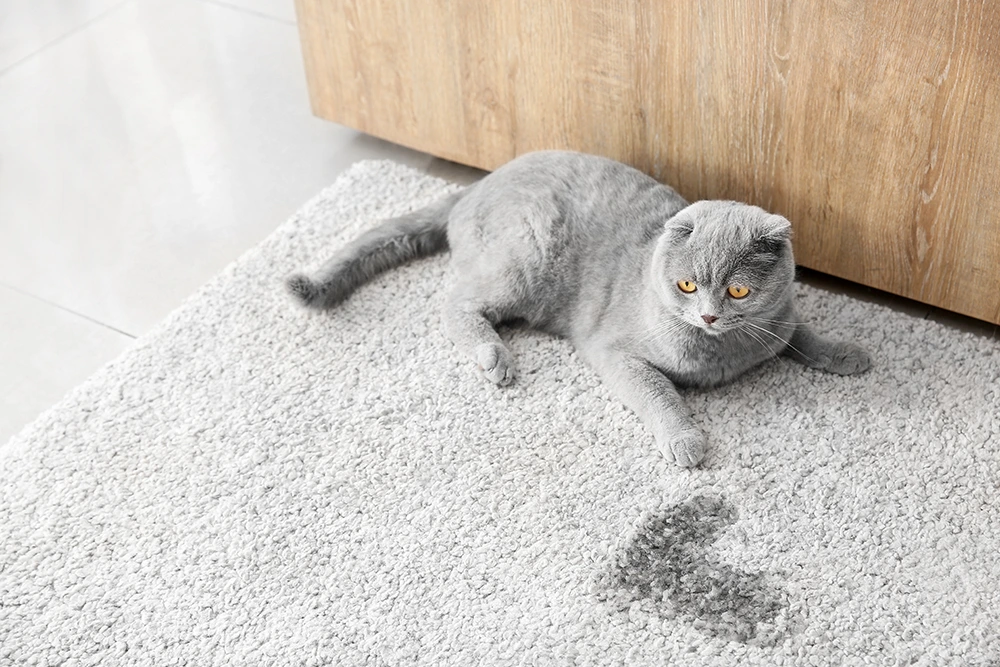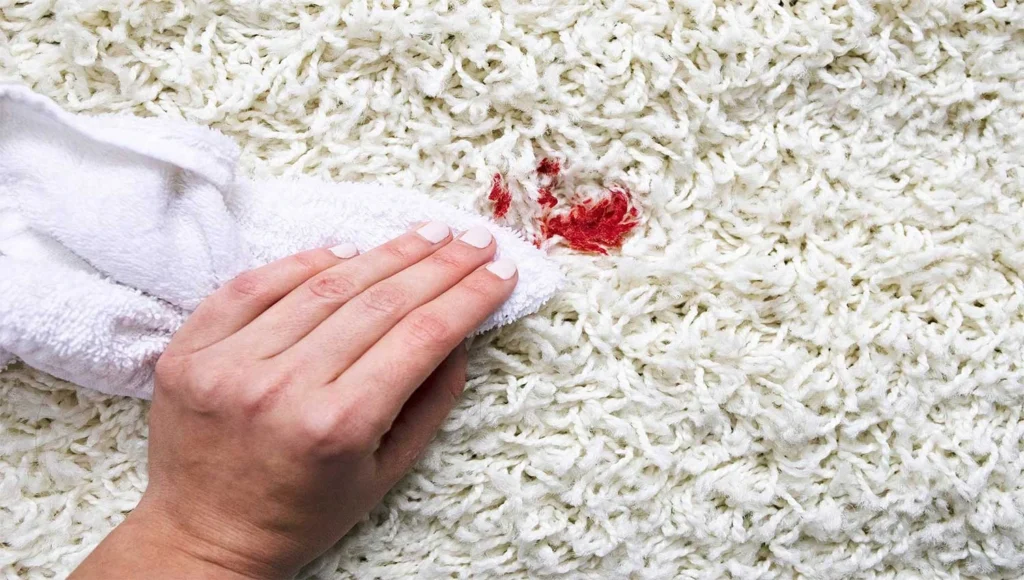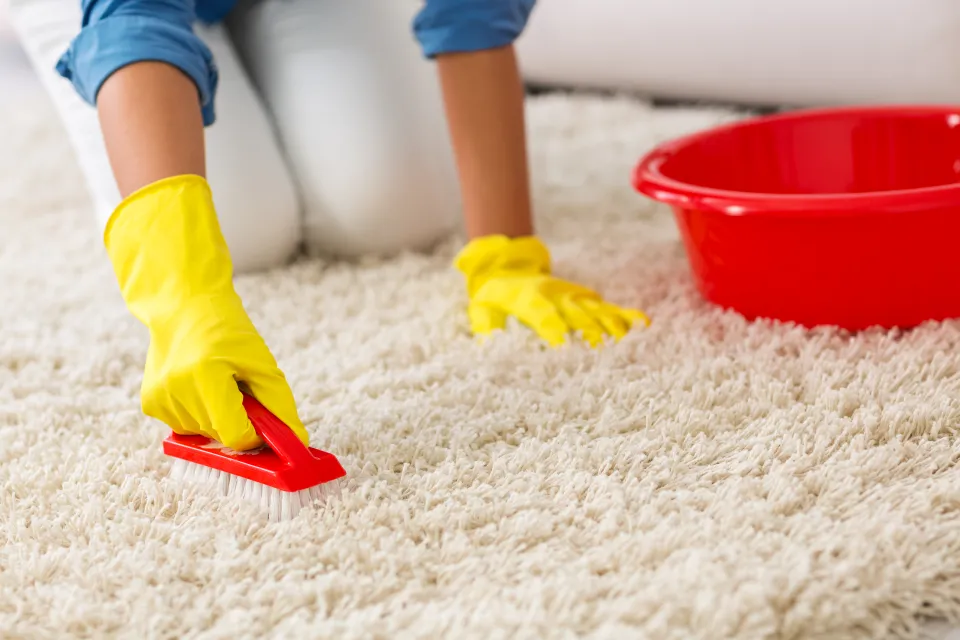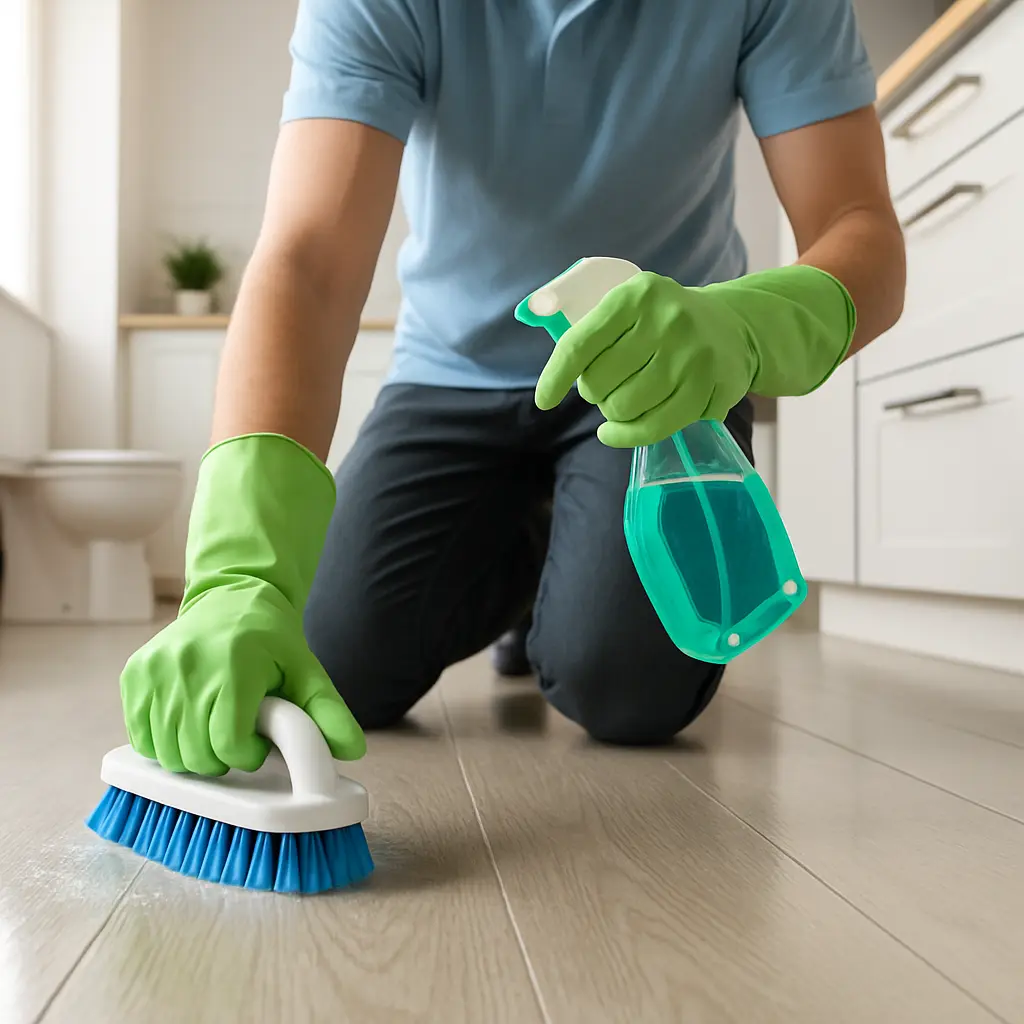
How Much Does Deep Cleaning Cost in Ireland? (2025)
Thinking about getting a deep clean for your home but not sure how much it will cost? You’re not alone. Many homeowners across Ireland ask the same question. Whether you’re preparing for guests, moving in or out, or just want that fresh-start feeling, knowing what to expect from deep cleaning services can help you make a smart choice.
In this guide, we’ll explore what’s included in a deep clean, average price ranges, key factors that impact the cost, and how to get the best value when hiring professionals in Ireland.
What is Deep Cleaning and Why It Matters
Deep cleaning goes beyond your typical tidy-up. It targets the hidden dirt, grime, and buildup that accumulates over time — especially in kitchens, bathrooms, and other high-use areas. Unlike standard cleaning, deep cleaning involves attention to details such as inside cabinets, behind appliances, light switches, tile grout, and more.
Whether you’re booking a one-time service or want to schedule recurring seasonal deep cleans, this level of cleaning helps:
- Improve indoor air quality
- Reduce allergens and bacteria
- Refresh your entire home for peace of mind
What’s Typically Included in a Deep Clean?
Every company offers slightly different packages, but here’s what’s commonly included in a deep cleaning service:
- Complete surface dusting, including skirting boards and door frames
- Internal window and mirror cleaning
- Full kitchen cleaning: countertops, cabinet fronts, sinks, and appliances
- Deep bathroom cleaning: toilet, shower, bathtub, sink, tiles
- Floor vacuuming and mopping throughout the home
- Cobweb removal and bin emptying
Additional services like oven cleaning, carpet shampooing, or post-renovation cleaning may be added depending on your needs.
Deep Cleaning Cost in Ireland: Price Breakdown by Property Type
The deep cleaning cost in Ireland can vary depending on the size of your home, the type of cleaning required, and any optional extras. Below are general price estimates:
- Studio Apartment: €220–€240
- 1-Bedroom Apartment: €250–€270
- 2-Bedroom Apartment: €275–€295
- 3-Bedroom House: €350–€410
- 4-Bedroom House: €410–€450
- 5-Bedroom House: €470–€530
Remember, these are ballpark figures. The final quote will depend on factors like the property’s current condition, accessibility, and whether extra services are included.
Key Factors That Affect Deep Cleaning Prices
1. Size of the Property
Larger homes take more time and resources to clean thoroughly. A 5-bedroom house will naturally cost more than a studio apartment.
2. Cleaning Frequency
Recurring cleaning customers may get discounted rates. One-off deep cleans tend to cost more due to the time involved.
3. Level of Dirt or Neglect
A home that hasn’t been professionally cleaned in months — or has recently undergone renovations — will require more intensive effort.
4. Add-On Services
Services like oven cleaning, fridge interior cleaning, window exteriors, or carpet shampooing are usually charged separately.
How Often Should You Schedule a Deep Clean?
There’s no one-size-fits-all answer, but most homeowners in Ireland opt for a deep clean:
- Every 3 to 6 months for regular home maintenance
- After renovations or construction work
- Before moving into a new home or listing a property for sale
- When hosting guests, family gatherings, or holidays
How to Save Money on Deep Cleaning Services
Looking to keep your home spotless without overspending? Here are a few tips:
- Book during weekdays or quieter times (avoid weekends)
- Ask about package discounts when bundling oven or carpet cleaning
- Compare quotes and read reviews before booking
- Look for special offers, coupons, or loyalty programs
Why Choose Shining Oven?
At Shining Oven, we provide more than just surface-level cleaning. Our experienced and fully insured team delivers thorough, reliable results with transparent pricing and flexible scheduling options. Whether you’re in Dublin, Kildare, Meath, or surrounding areas, we tailor our services to suit your space, timeline, and budget.
Our promise:
- Vetted, friendly, and experienced cleaners
- No hidden costs or surprise fees
- Eco-friendly cleaning products available
- Fast, flexible booking with same-day availability in select areas
Is Deep Cleaning Worth It?
Absolutely. Deep cleaning provides long-term value by creating a healthier, more comfortable home environment. With average deep cleaning cost in Ireland ranging from €220 to €470, it’s a worthwhile investment that saves you time, effort, and future stress.
Ready to Book Your Deep Clean?
Visit our booking page or contact us to request a free quote. Our team is here to help you choose the right service for your needs.
Need additional services like oven or carpet cleaning? Let us know — we offer bundle deals for even more value.

 1.svg)
 CALL US FOR FREE QUOTE
CALL US FOR FREE QUOTE 
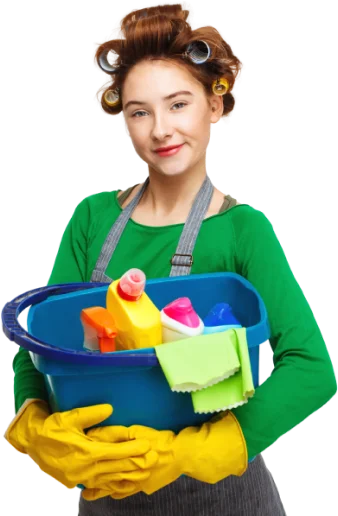

 Blog
Blog About us
About us 1.svg) Contact
Contact.svg) Bookings
Bookings Cleaning address
Cleaning address Requisites (for business)
Requisites (for business) 1.svg) Contact details
Contact details





